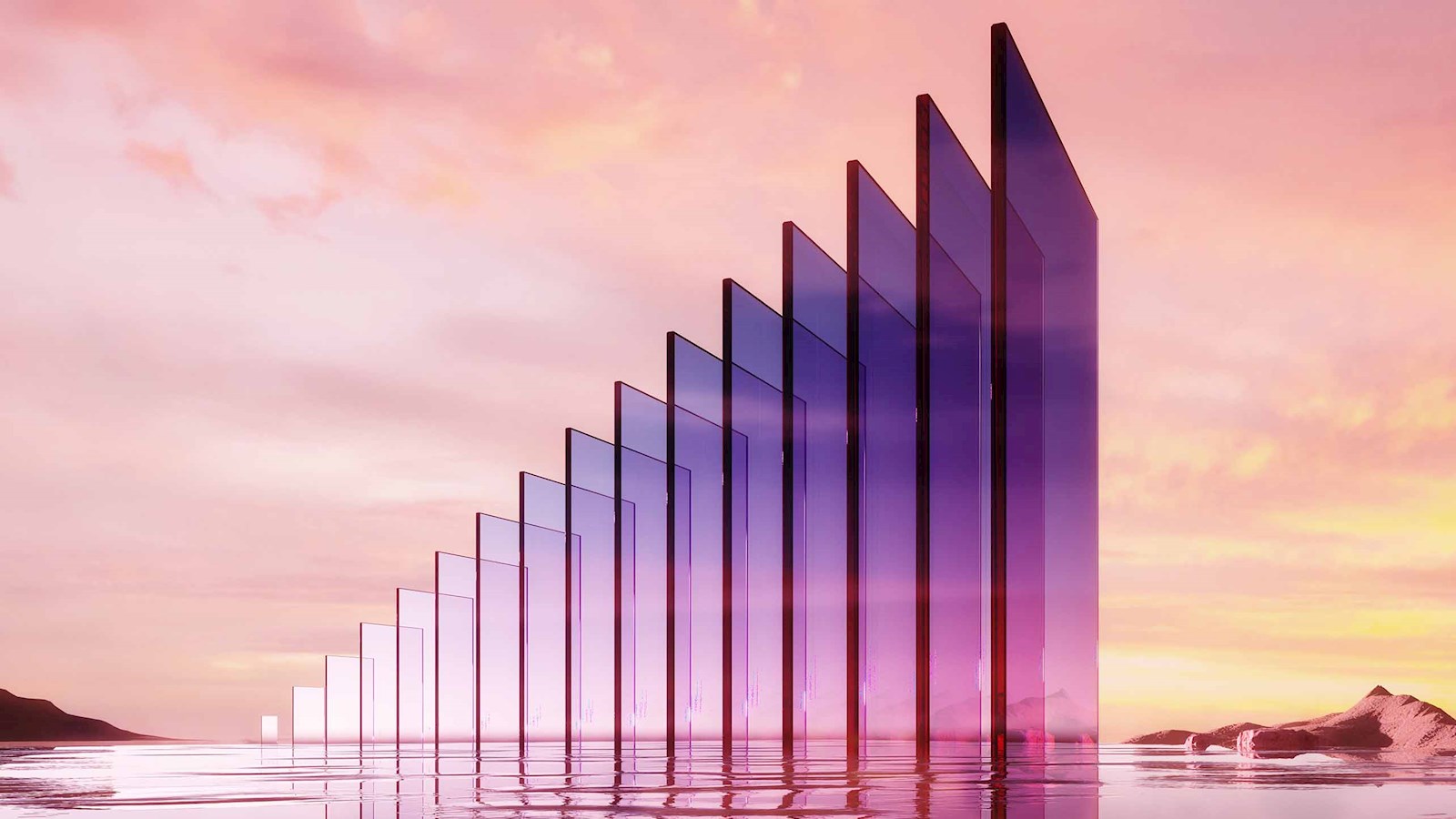
Media in India: the future is now
Navin Khemka of WPP’s EssenceMediacom in South Asia says that brands pursuing the Indian market must focus on personalised experiences and data-driven strategies
“When it comes to media buying, India is a volume game, driven by the country's young population and their aspirations,” says Khemka.
What is more, as media agencies have shifted from outputs to outcomes, there has also been a shift towards razor sharp targeting, platform-first thinking, sales driven through digital marketplaces and – for mature brands – an omni channel approach. It is therefore critical for each brand to identify where they are on the maturity curve and activate and/or add relevant media options.
This immense, highly populated market, characterised by low media costs, requires brands to think strategically, create a blueprint for the overall brand strategy and then follow the journey. At times – given lower entry level costs – there’s a tendency to activate all touchpoints. However, what is needed is the development of unique solutions tailored to each relevant consumer touchpoint while keeping the brand strategy intact.
He says that these solutions should be consistent and relevant if they are to be effective. Less is more, and making each consumer touchpoint accountable and addressable is key.
Brands must think platform-first, then develop the solution that is the best fit; and they can now use AI tools to enable that concentration on touchpoints and meet the consumer where they are, he points out.
“But brands should also leverage D2C, ecommerce and other platforms to test and learn when launching new brands or products,” says Khemka. “And they should focus on acquiring first-party data to get to know consumers better and tailor offerings. This new economy opportunity – while it might start small – can scale in no time. We are seeing the birth of large-scale brands in a short period of time. It is critical to be nimble and have a go-to market strategy where speed is key.”
Changing consumers; changing media
“The face of our business is changing because the consumer is changing,” says Khemka. “And we are, of course, a consumer-led business.” On top of this, India is the fastest growing large economy in the world today; it is ranked fifth in the world in terms of GDP.
Growth is being driven by domestic consumption. This is also true for advertising in India. “We are ranked number eight globally for advertising and continue to be the fastest growing market among the top 10 markets globally,” he says. “We are expected to maintain double digit growth in 2024 (11.3% in 2023). In 2024 the total size of the Indian AdEx is expected to be $19bn.” This growth is driven by digital advertising, which is growing at 13% and boasts a 57% share of the Indian AdEx.
“Of the incremental growth in 2024, 70% will come from digital. Within digital, retail media is driving growth (CAGR of 41% across 2019-2024). The Indian advertising market is growing because of the younger population base, the adoption of digital media, the democratisation of data and the extent of digital payments penetration. All this leads to reduced friction in the consumer journey,” says Khemka.
“For the next 20 to 30 years, India is going to see an explosion of this mega consumption story as more people earn more, only to spend more."
Aspirations will be fuelled by the rising middle class and wealth going down the pyramid. It follows that the opportunities for brands and agencies alike are vast. “In fact, it is perfectly possible that the next wave of big/mega brands could come from the Indian market itself because it has such a large consumer base,” he says.
And Covid has caused India to think beyond its traditional approach to brand building. It is now a market characterised by digital-first innovation with a robust start-up ecosystem. The Indian economy in now intricately linked to the success of this ecosystem. In fact, India is expected to be the third largest economy by 2027 and already boasts over 100 unicorns. This number is expected to rise to 500 by 2027.
“What is more, India is the cheapest data market in the world,” he says. “There are 500m+ smartphone users who are guzzling data because it’s so cheap. Many of these never had a landline connection and went straight to wireless technology. Consumers are embracing technology very fast. We are skipping cycles in terms of technology and leap frogging to the next orbit of growth.”
Horses for courses
Khemka says brands and agencies must navigate a more complex landscape, understand the nuances for each platform and then design effective strategies. What works on YouTube won’t necessarily work on Amazon or OTT, so it is best to integrate and coordinate to ensure that marketing efforts across platforms are coordinated, consistent and measurable on one hand, but still customised to the platform’s unique environment on the other.
“We need to think to drive the halo effect and not just come up with a big creative idea and then try to adapt it. We need to be consistent yet unique to the environment,” says Khemka emphatically.
“You must keep adapting the strategic thinking to the different platforms. After all, many of the brands emerging today did not exist a few years ago. Today we are seeing a host of local brands mushrooming in every state of India – by digital natives, for digital natives and fuelled by digital natives.”
Creating experiences
Today, more brands are looking at the full funnel in India. This enables brands to invest in the long term. Creating experiences is becoming critical for sustaining incremental revenue, profitable growth and ascertaining the lifetime value of a consumer, he says.
“As a result, we are seeing a rise of omni channel whereby there is a rush by D2C brands to go physical and vice versa,” says Khemka. “D2C brands want to penetrate deeper into India, a country where a physical presence and a touch-and-feel experience is still very important. They realise that their next phase of growth could come from cracking the physical experience model.”
On the other hand, traditional brands are looking to ride the digital wave. While currently this might account for, say, less than 10% of their overall sales, they want to be ready for new consumers.
"We are at the cusp of change in the Indian market, and it is critical to keep learning." he concludes.
published on
08 April 2024
Category
More in Communications

How to build your brand in-game
A new research report from WPP and SuperAwesome

Mechanisms that Matter – Inside our partnership with Audible
How do you take a huge client like Audible from 22 agencies to one thriving networked team?

Healthcare communications – diverse, dynamic & different
Communicating about health and healthcare in APAC requires a nuanced and balanced approach

